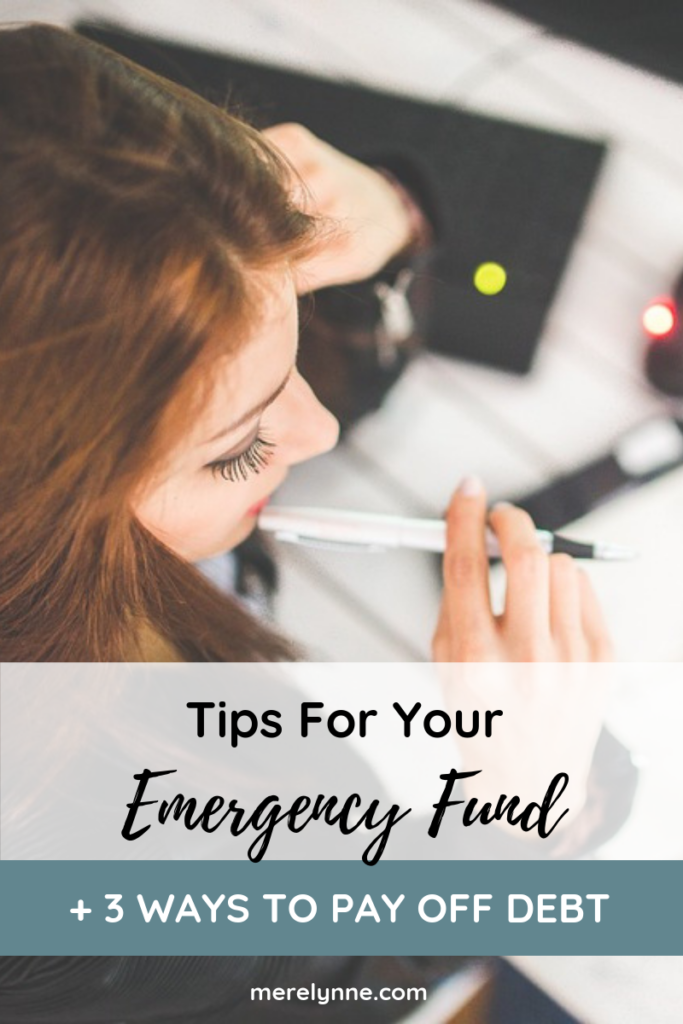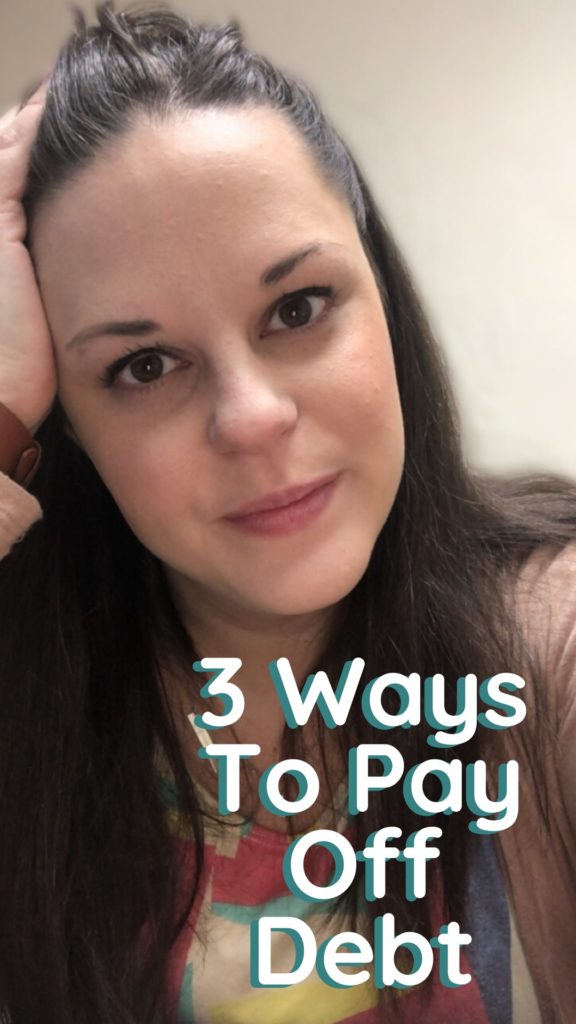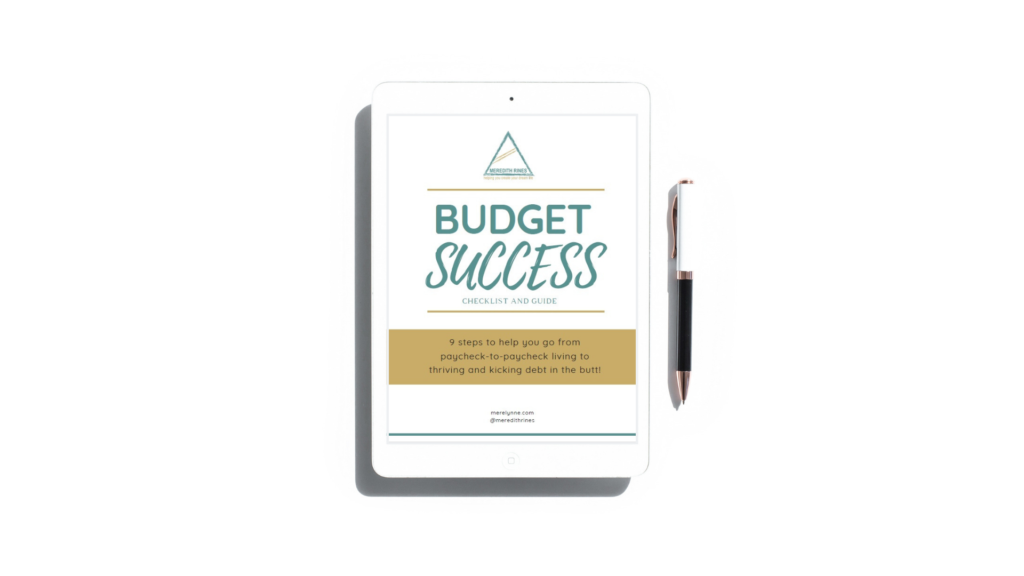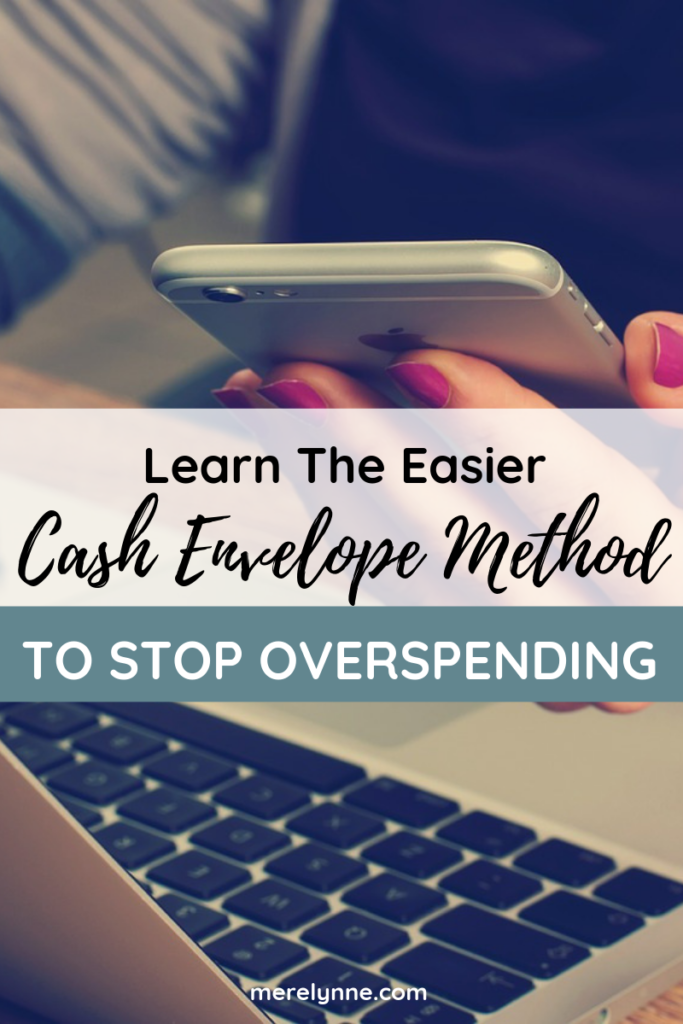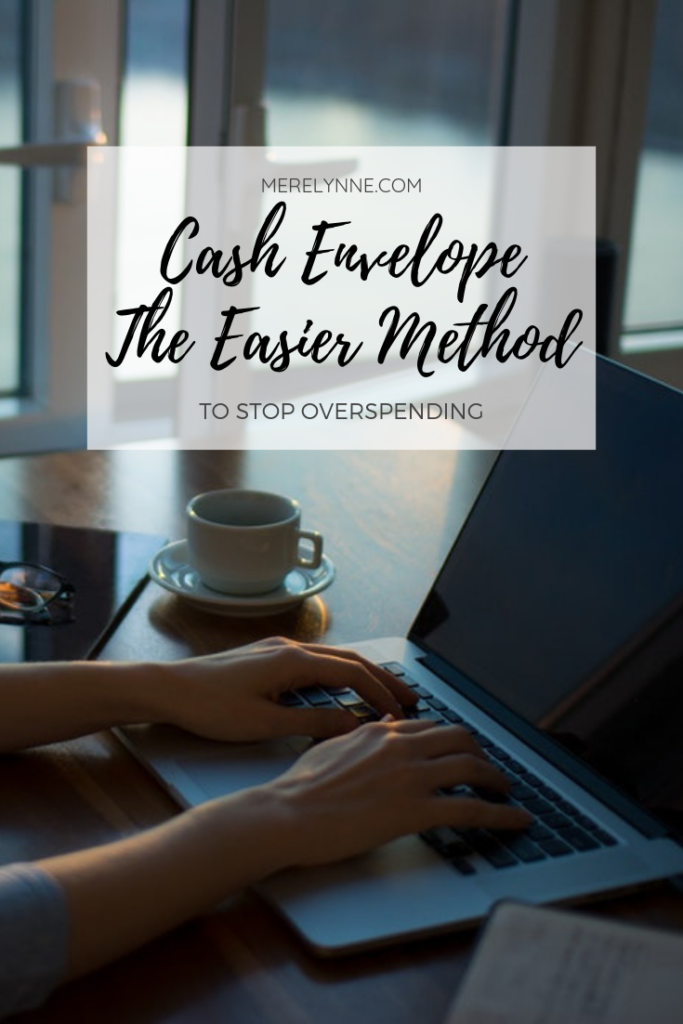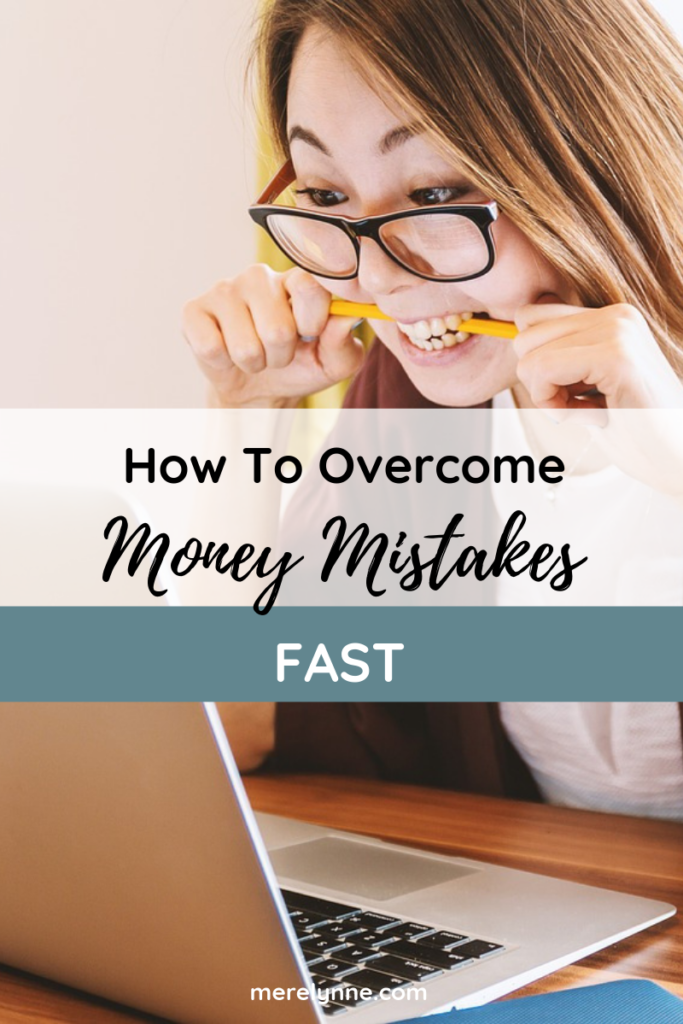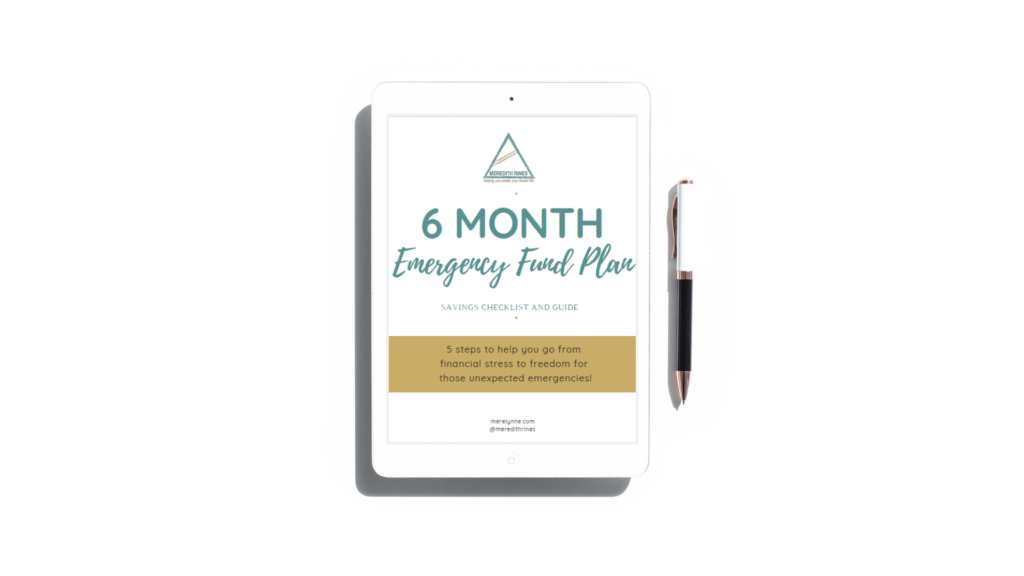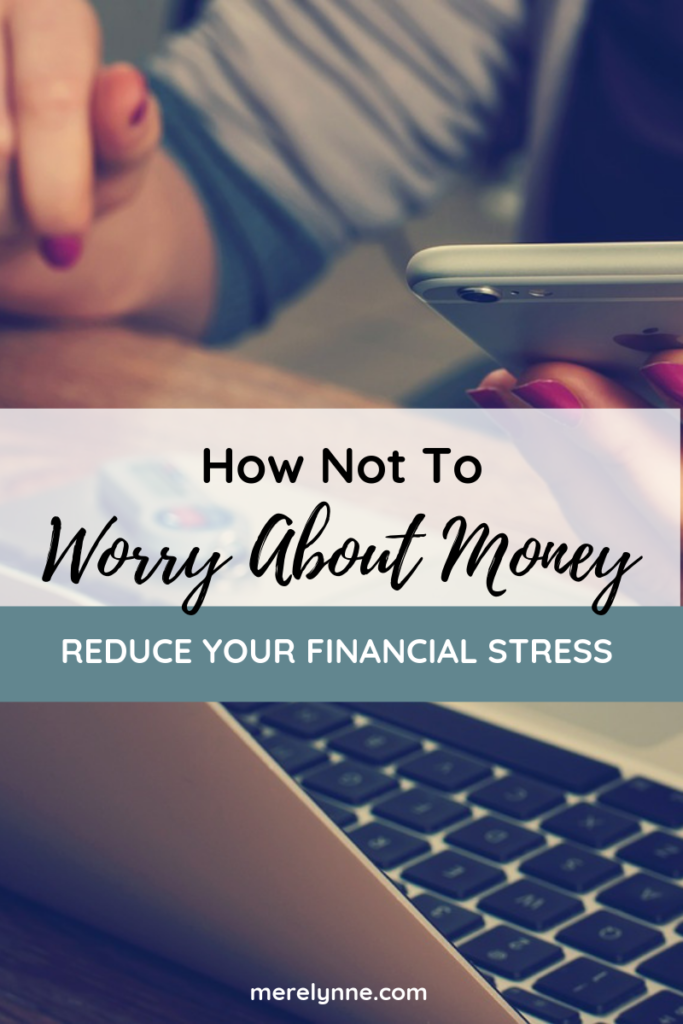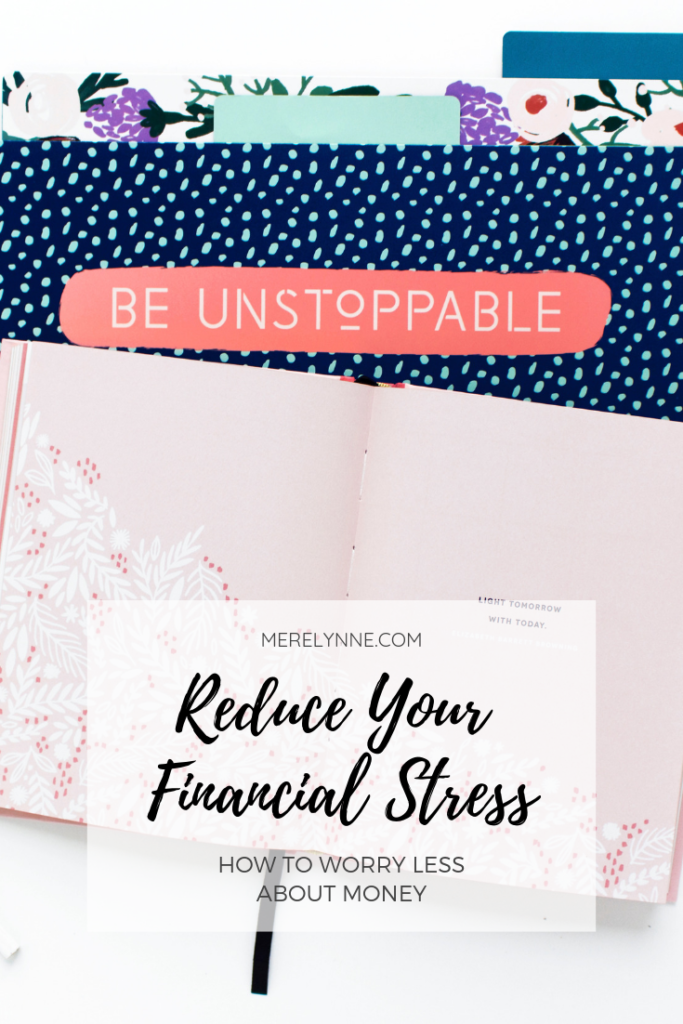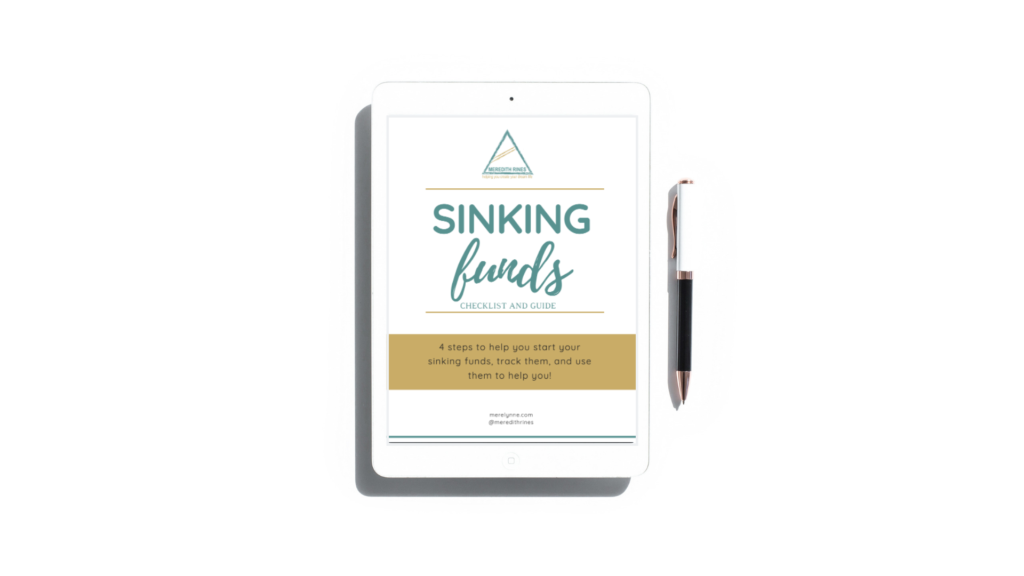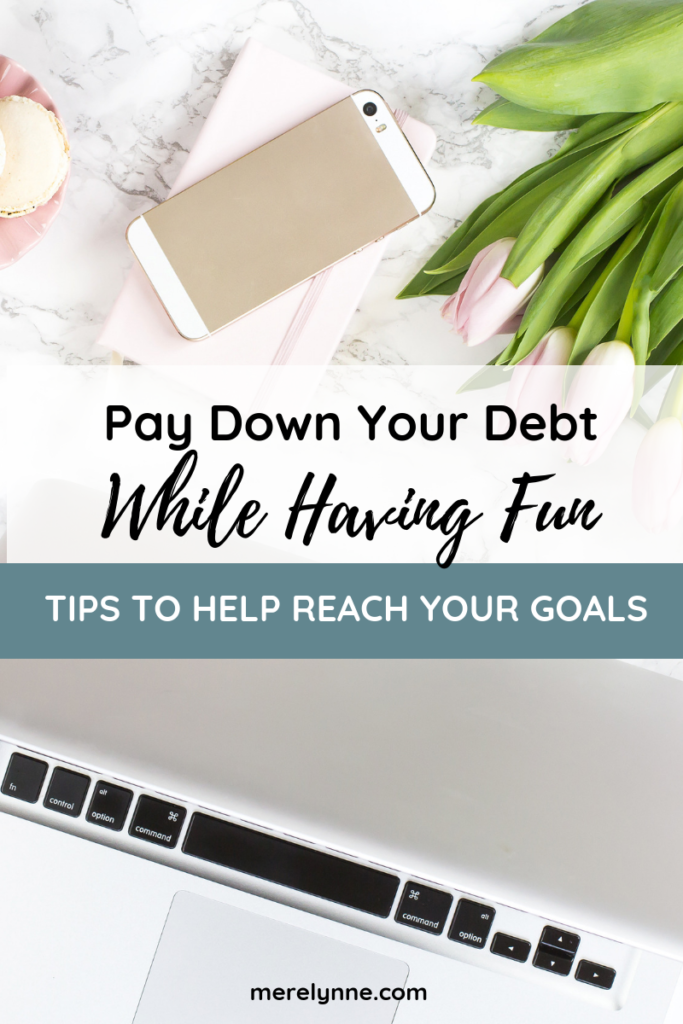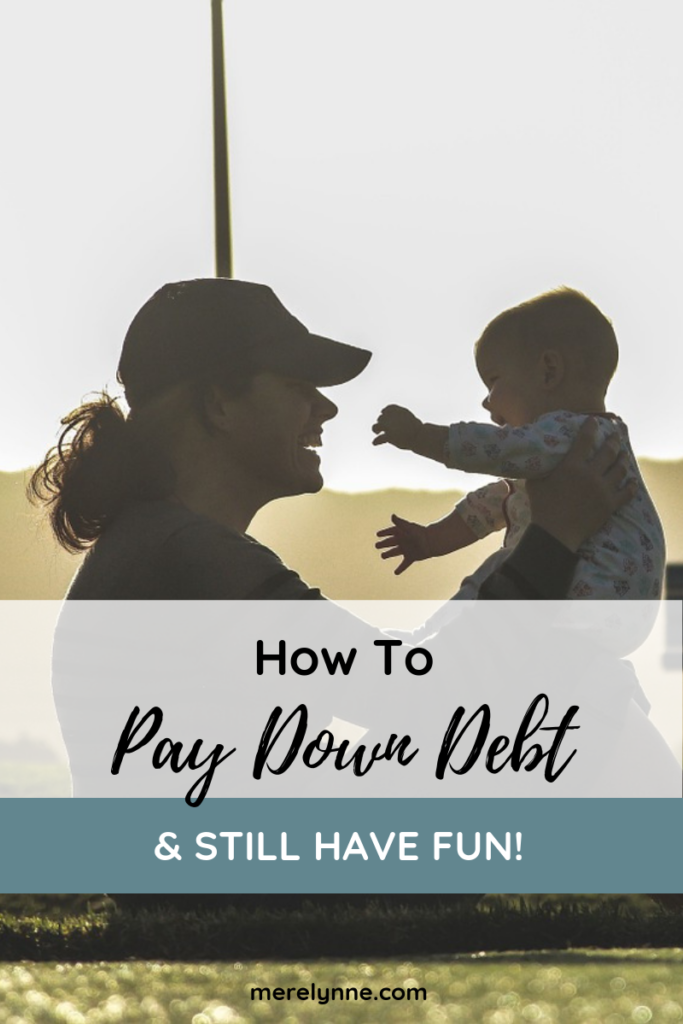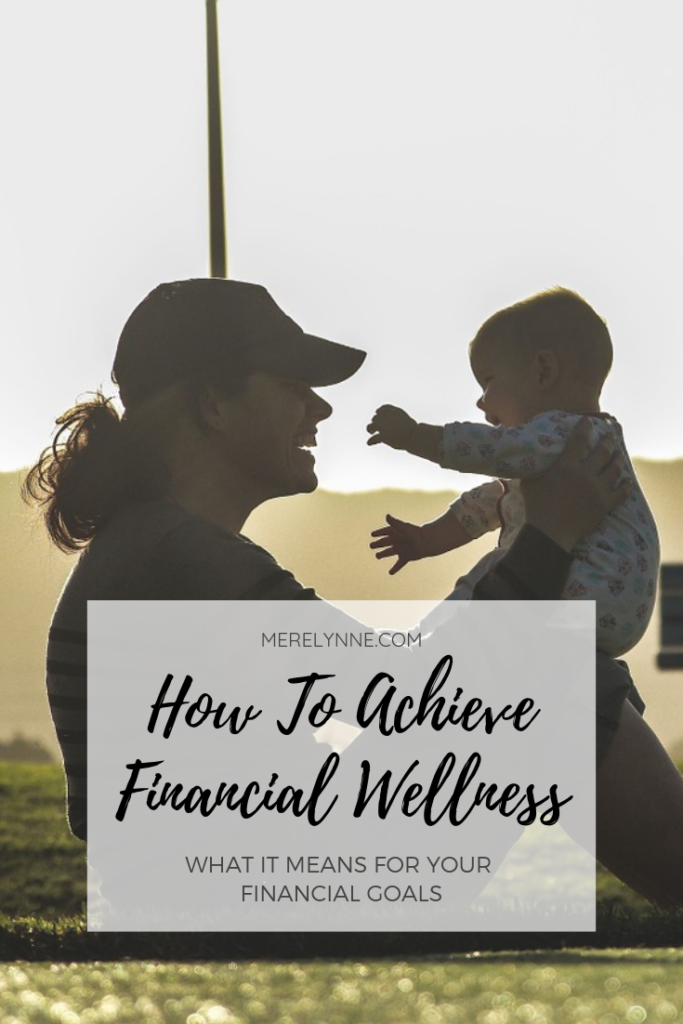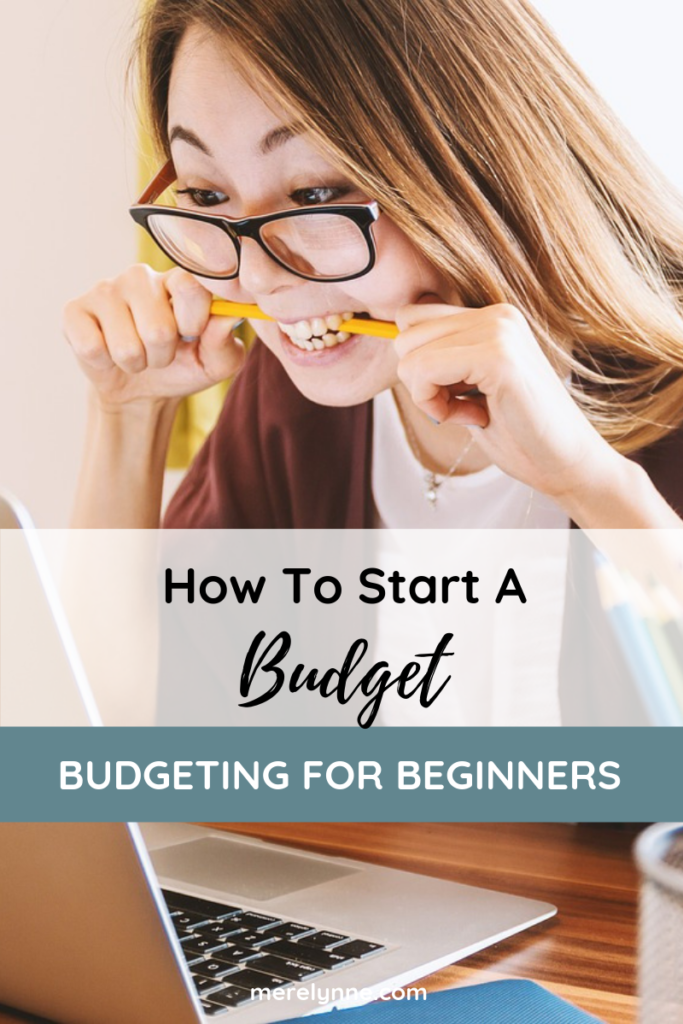
Are you ready to finally start a budget?
So many families go through life living paycheck-to-paycheck, never taking the time to create a budget because they think it’ll be too hard.
Well it’s not. You can create a budget in less than an hour just by following my proven steps.
The best part?
These steps are not hard. They are not complicated. They are direct, to the point and simple. So what are you waiting for? Another bill to come in to send you in a panic?
How about we make a few changes BEFORE that happens so when you get that next unexpected (medical, car repair, appliance repair, or something else) bill, you’re ready.
In today’s video, I’m sharing how to start a budget so that you can FINALLY start conquering your money woes and start making progress towards your goals. You can watch the video online or down below:
Please remember one thing when creating your budget –
Budget mistakes will happen. You will under budget, overspend, over budget and not plan perfectly. It’s okay. It’s all about how you bounce back from financial mishaps that’s the key.
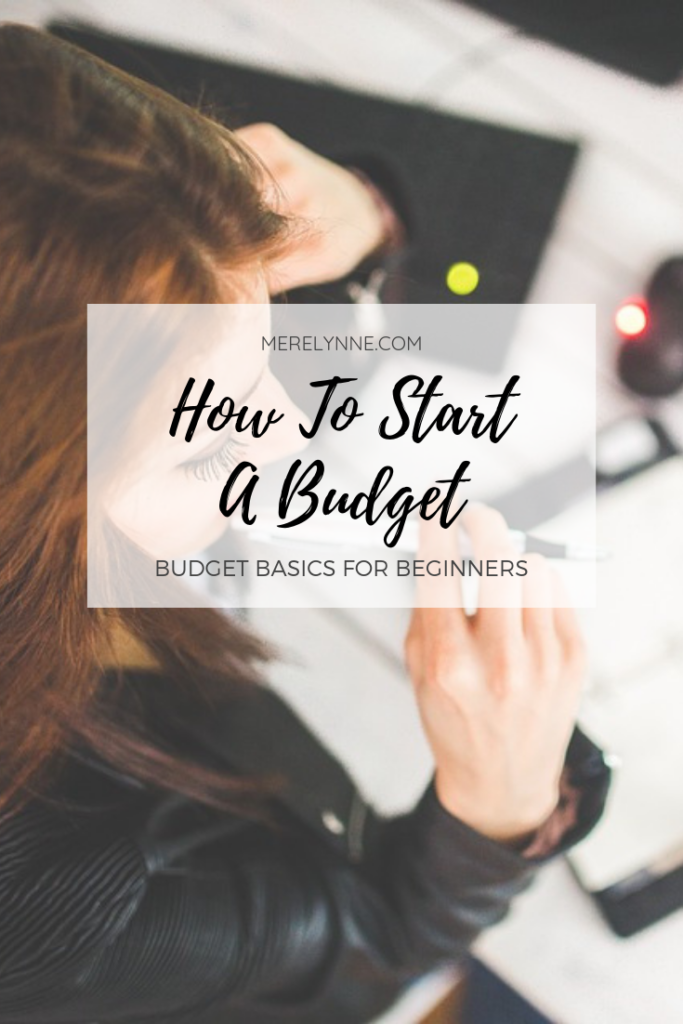
In today’s video we talked about a few steps to creating your budget (which is perfect for you budget beginners that need a few tips on the basics)…
Look at your income and your expenses. Pull up the last three months worth of spending from your bank statements and your credit card statements. Next, pull up the last three month’s worth of income and if you don’t know how to read your pay stub so that you can start planning your income – you’re missing out!
Categorize your expenses and income. Next, you need to grab a few different colored highlighters so that you can quickly categorize your spending. In the video, I mentioned a few different budget categories to consider, but you can always come up with your own that fit you best.
Create your financial goals. You probably know by now that I am a huge fan of financial goals. Having a target can really help keep you motivated and focused when it comes to money management. It’s important you sit down with your spouse to create these money goals, too. That way you both can be on the same page, working together.
Use a zero-based budget. Have you ever heard of a zero-based budget before? If not, they can be amazing tools when learning how to budget. Basically, you want your income to match your expenses each month so that no money is left over. The goal is that if you spend on paper first and assign a job to each dollar then you can make sure to have your money working for you. This part of creating a budget is what usually trips people up so be sure to watch the video where I share what to do when your income isn’t enough to match your expenses.
Tweak and review. Tweak and review. The final step in creating a budget is vital. A budget is not something that you create once and forget about it. You have to constantly review it, constantly tweak it and constantly be willing to make changes when life happens. Some months you will be able to put more money than planned in savings, other months you’ll have a car repair bill that eats away at most of your savings category. It happens. So you need to be prepared. The best way to be ready for what life throws your way? Review your budget on a weekly basis and track your spending each week. That way you can make adjustments as needed to not spend more than your income.

